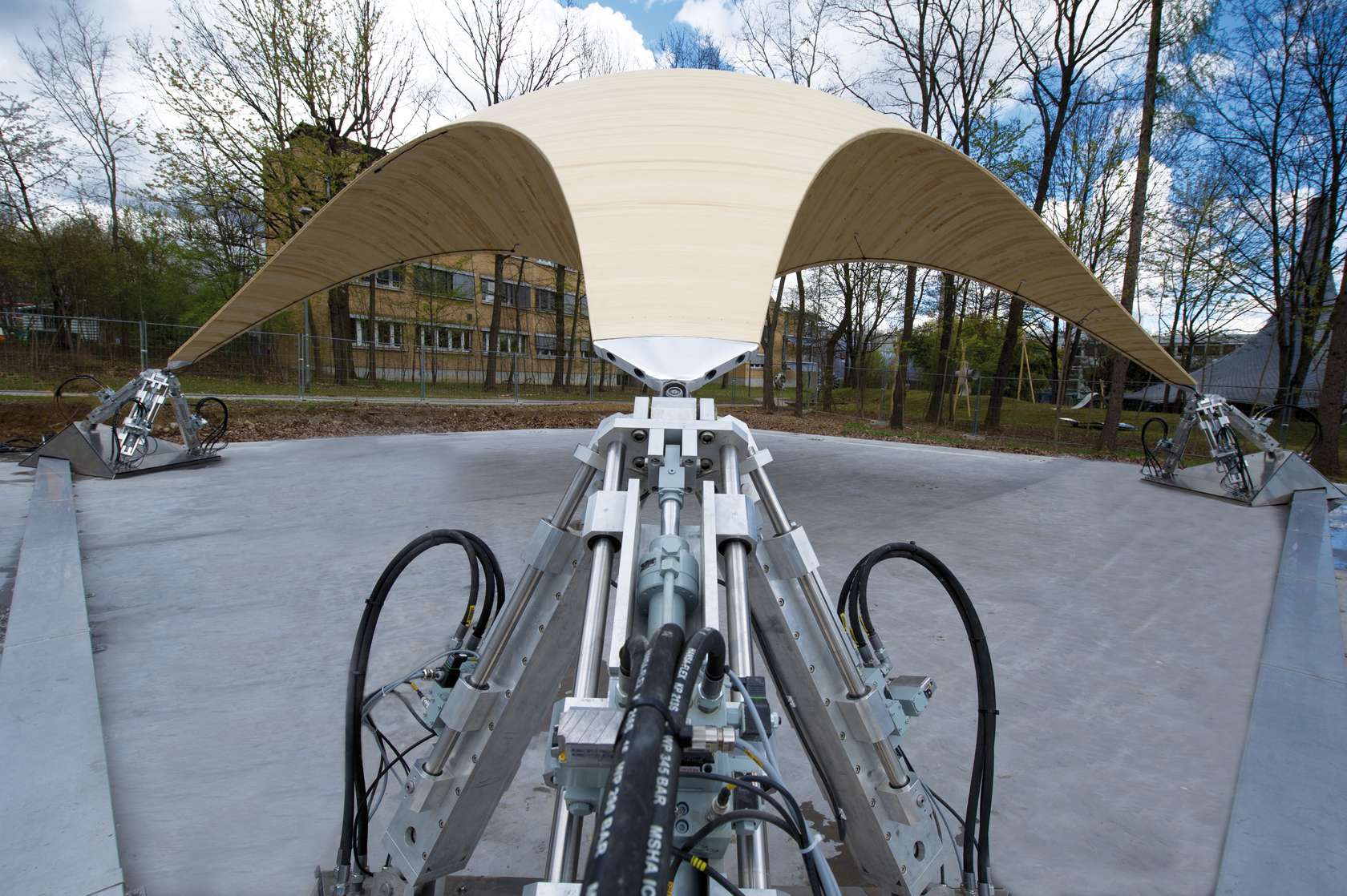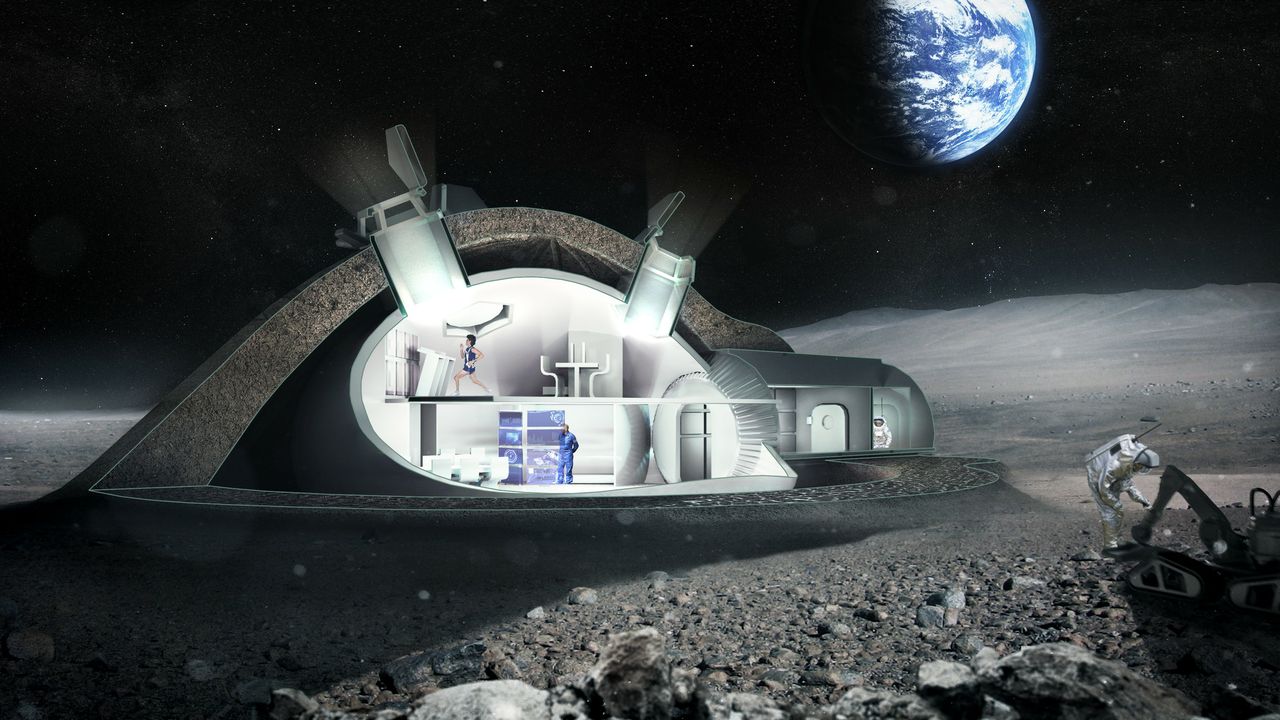Edited by: Enrico Mancini
Event: Conversation about the future of architecture with Rem Koolhaas and Tony Fadell
Where: Spazio Esedra Tent, Giardini, Venice, Italy
Proof reading: Bianca Baroni
In six days the 14th International Architecture Exhibition, la Biennale di Venezia, will start and this year’s basket seems to be filled with plenty of events and exibitions.
On the 5th of June the Spazio Esedra Tent will guest (start at 5.00 pm) a public conversation between this edition’s Director and founding partner OMA AMO Rem Koolhaas and Tony Fadell, founder and CEO of NEST, the $ 3.2 billion recent acquisition by big G.
It’s an udeniable fact that one of the biggest challenge that today’s architecture has to face is its connection with technology in all of its aspects.
We don’t know what they’ll speak about precisely, but we take some guess:
Nest is a company that has created what we can simply call a smart thermostat; it can control the temperature in your house, learning your routine and habits, connecting with your smart phone to see if you’re out for the weekend and , above all, it tells you how to save energy.
Nest is a first little brick in the largest race to a “smart house” in which all the single components talk to each other in order to obtain the best confort for the owner and his wallet.
Some might see the Google’s intent to soak more deeply into your personal life, but some others might see a clue to what’s going to be next in dwellings architecure future.
Light technologies will allow us to live with less, both in therms of resources and energy, and heavy technologies that will let us to build with less materials.
The SmartShell, developed by the University of Stuttgart and teamed up with Bosch Rexroth, belongs to the second cathegory:
“Instead of designing for the extremely rare maximum load scenarios, why not build with minimum material input and have buildings adjust to varying dynamic loads like snow and wind? Researchers create an ultra-lightweight wooden shell which owes its adaptive structural behavior to a specifically designed hydraulic drive system. SmartShell is only four centimeters thick, covers a surface area of 100 square meters (1076 square feet), and features hydraulic drives positioned at its four support points.
The system produces imperceptible movements and adjusts the shell’s geometry to compensate deformations and material strains caused by changing weather conditions. Three of four support points can be moved through the use of hydraulic cylinders equipped with state-of-the art sensors. The shell counteracts changing loads and regulates its position and shape in milliseconds.“
These are just two paths that today’s architecture could walk bringing a backpack filled with technology. We’ll have the oportunity to listen to what two of the most influential brains in their field think about it on July the 5th.
So, save the date and, beware, I haven’t even mentioned the Chinese 3D printing 10 full scale houses in 24 hours and Sir. Norman Foster’s project to 3D print astronaut’s dwellings on the moon…
enrico.mancini@positive-magazine.com














